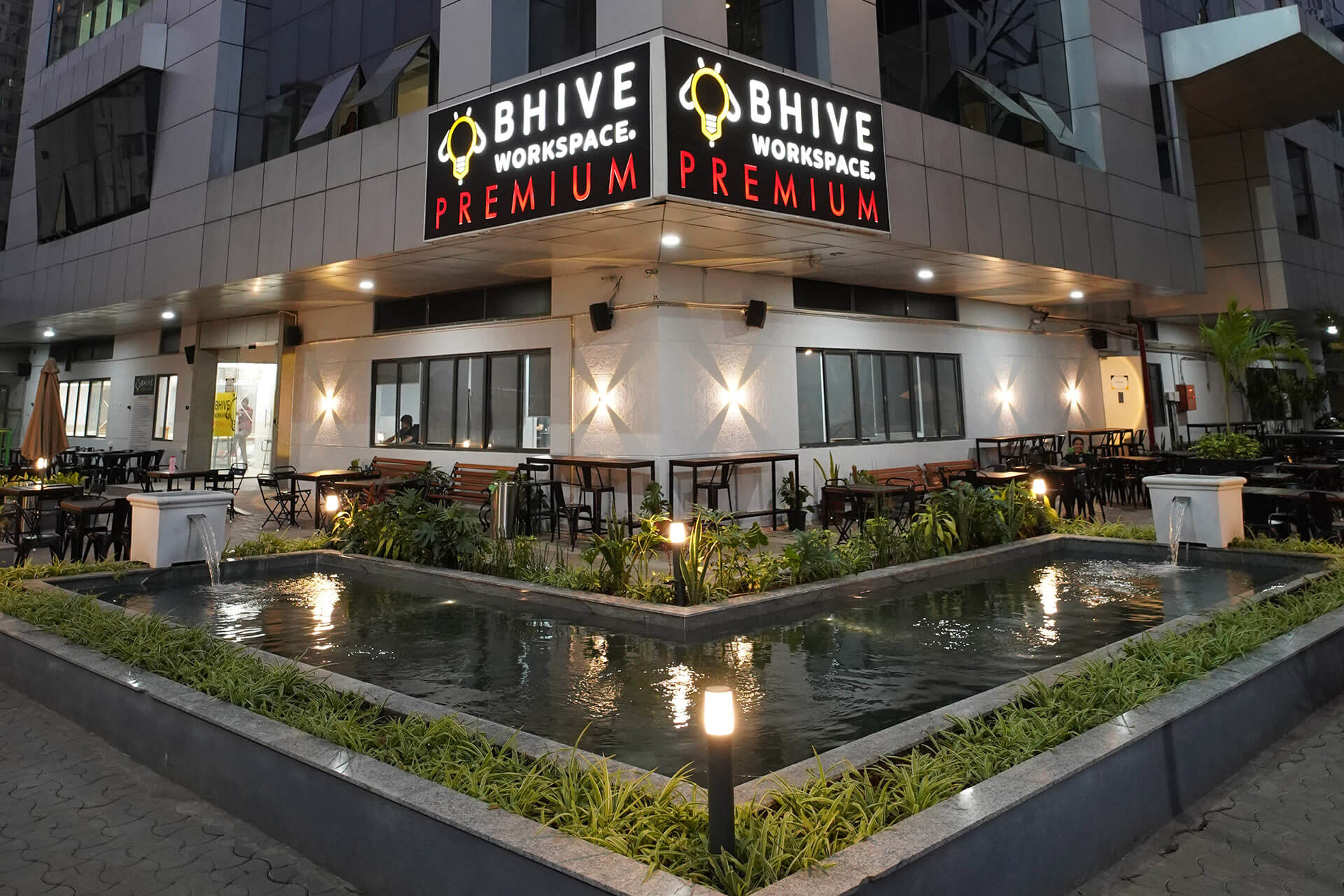E - PAPER
Indigenous Materials & Designs Will Be Heralded In Post-Pandemic World
Uday Goswami, Design Head, Developer Spaces, Edifice Consultants Pvt Ltd. The threat of contagion stemming from COVID-19 has fundamentally reshaped the relationship to our economy. Opening a widespread debate, the current pandemic phase has impacted the financi
 BY
Realty Plus
BY
Realty Plus
Published - Wednesday, 19 Aug, 2020

Uday Goswami, Design Head, Developer Spaces, Edifice Consultants Pvt Ltd.
The threat of contagion stemming from COVID-19 has fundamentally reshaped the relationship to our economy. Opening a widespread debate, the current pandemic phase has impacted the financial decisions, public policies, and political programs of the world with its overwhelming economic plan. Covid-19 leaves the world with an almost unprecedented situation compelling enough for a serious introspection of our built environment and its design in human health.
The society and industry in India also will have to face significant and long-lasting repercussions of the pandemic.
Nonetheless, every catastrophe brings a disruptive change in how we function; perhaps this could bring a lasting positive transformation to the nation socially, economically, and environmentally. Anticipating the make in India goals of the government, the dynamics are already changing – almost 50% of our trade directly links with the micro, small and medium enterprises (MSMEs) sector as the mighty players have sub-contracted to the small producers. Furthermore, the local establishments should try to build up from where they would be in a few months and then think about integrating themselves with a transnational ecosystem. This whole new normal can potentially diminish the distinct lines between global vs. local, resulting in a rigorous exchange of knowledge and capacity building process.
As architects and designers, we have to come out of the puritanical ways to re-imagine our cities and buildings and explore ways to design spaces in a more inclusive manner.
Know your local built environment. Glimpses of vernacularism in our country are thriving in its wake. Architects and designers have embraced regionalism and cultural building traditions. Yet, the structured way of human settlements into modernity has been vastly uncoordinated. The architecture of the present is eccentric, unfocused on the connectivity of a community as a whole. Therefore, we must first gain knowledge of the past and employ these strategies as a well-balanced, methodical whole to achieve optimum energy or resource efficiency to progress towards the future of architecture and sustainable building.
User (Context and climate)-focused architecture. Indigeneity is not only evitable and representative, but it can also provide solutions to severe enormous problems that need to be addressed globally -- such as inclusion in growth, care for the environment, food security, and citizens' empowerment. In the long haul, tapping our local market knowledge can lead us to build a strong foundation for our global business. It's time to define or widen the local narrative in terms of materiality, design, and contextuality. Going forward, design interventions must also compare the holistic narrative of culture and social behavior.
From local knowledge to global wisdom, we should empower Local Expertise. Perhaps, we can start by creating a global standard on a performative base through the exchange of knowledge amongst the local expertise.
Natural Instinct. We know that humans possess an innate tendency to seek connections with nature. However, its conscious consideration in architecture and design is still in its infancy in terms of its realized scale. Numerous studies prove the benefits of embracing the natural environment in our built environment. The need of the hour is to elevate the automatic inclusion of elements inspired by nature, locally available materials, and innovation in indigenous technology to the level of specific design choices with innumerable benefits.
Disentangling the root causes of the discrepancies and mending our ways of designing our communities will take years, perhaps. Still, we must not lose those years in carelessly demonizing density and devaluating the city by designing ill-suited built spaces. Like engines of progress, cities are the tangible images of our past, present, and future. The Covid-19 effects represent a watershed moment for India and many other nations globally. However, we must believe that the other side of these unprecedented will emerge more influential because of the density of talent that will transform this challenge into an opportunity.
RELATED STORY VIEW MORE
NEWS LETTER
Subscribe for our news letter
E - PAPER
-

CURRENT MONTH 
LAST MONTH















